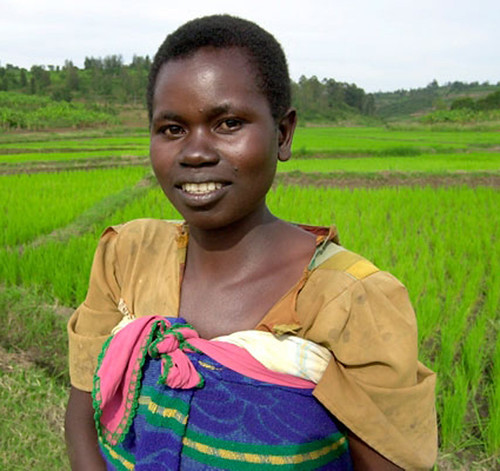This post is part of the Science Tuesday feature series on the USDA blog. Check back each week as we showcase stories and news from the USDA's rich science and research portfolio.
By Shahla Shapouri and Stacey Rosen, Economists, Economic Research Service
Depending on the pulse of the global economy, the poorest citizens in the poorest countries can be beneficiaries or casualties of the food situation. How will these countries fare in the coming years, given a recovery from the worldwide recession?
Since the late 1970s, our agency has reported annually on the food security situation in a number of developing countries. We look at several indicators, including the number of food-insecure people (those consuming less than the nutritional target of 2,100 calories per day per person). For 2010, against a background of slow recovery from the global recession, we estimate fewer food-insecure people in 70 developing countries than in 2009– down from 950 million to 880 million.
Even in Sub-Saharan Africa, where food insecurity is most severe, the number of food-insecure people is estimated to decline in 2010, reflecting growth in the countries’ economies and in their food production.
But despite improvement, we can’t forget that in 37 of the 70 countries studied, more than 40 percent of the population is estimated to be food insecure (it’s closer to half in Sub-Saharan Africa). Our projections for the next decade point to a decline of just 1 percent in the number of food-insecure people overall. While notable improvements are expected in Asia and Latin America, the situation in Sub-Saharan Africa will actually deteriorate.
In making our 10-year projections, we assume that current trends in agricultural production, income, population growth, and inflow of foreign capital (affecting food import capacity) will continue. These are the factors that affect a country’s or region’s food security. But what if these trends take a turn for the better? To address this question, we developed two scenarios: One assumes a doubling of capital inflows by 2020. The second scenario adds to this a technology-induced 50-percent rise in grain yields in 2020 for the most vulnerable of the 70 countries. The results for both scenarios show improvement for all regions.
The second scenario stems from the understanding of government agencies and the international community that enhancing agricultural production is critical in limiting the vulnerability of developing countries to economic shocks like the 2008 global food price crisis. Accurate projections of production and other factors affecting food security support effective and timely response to global food insecurity.



